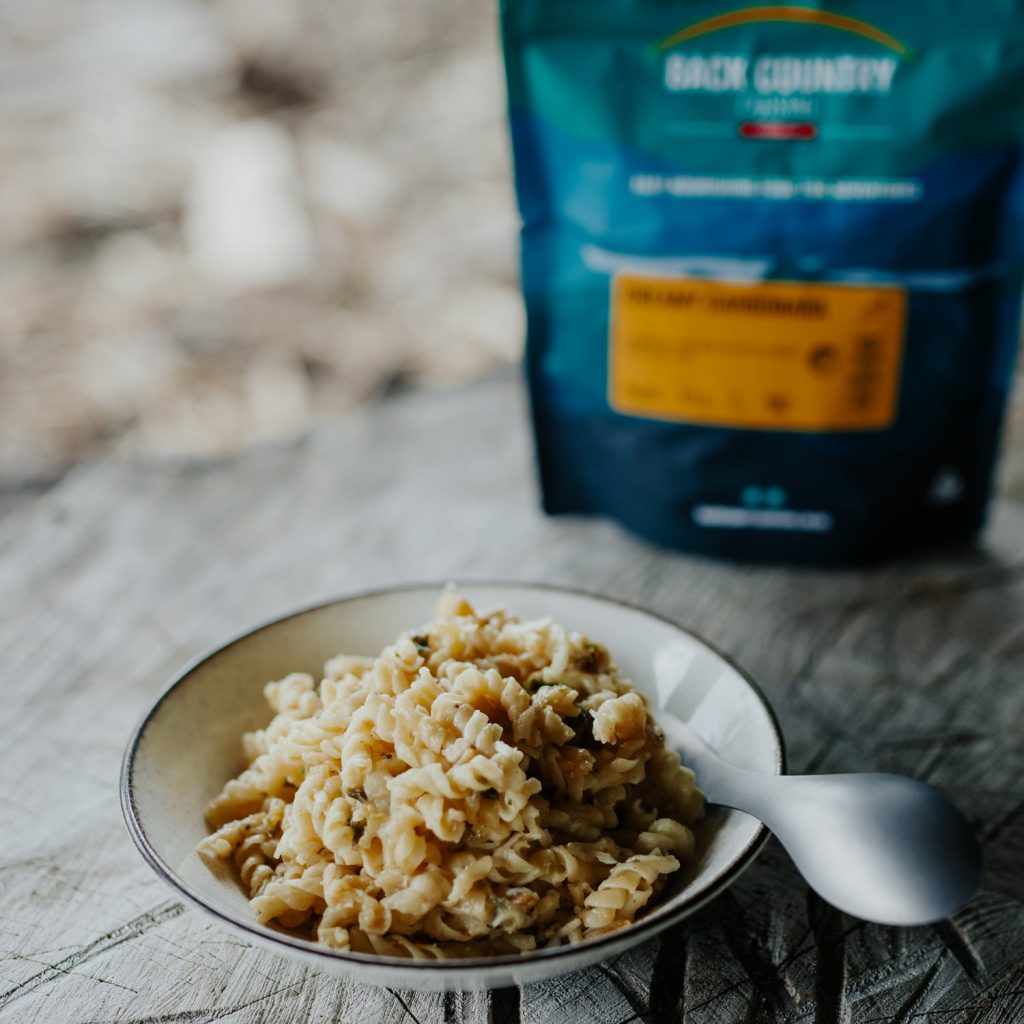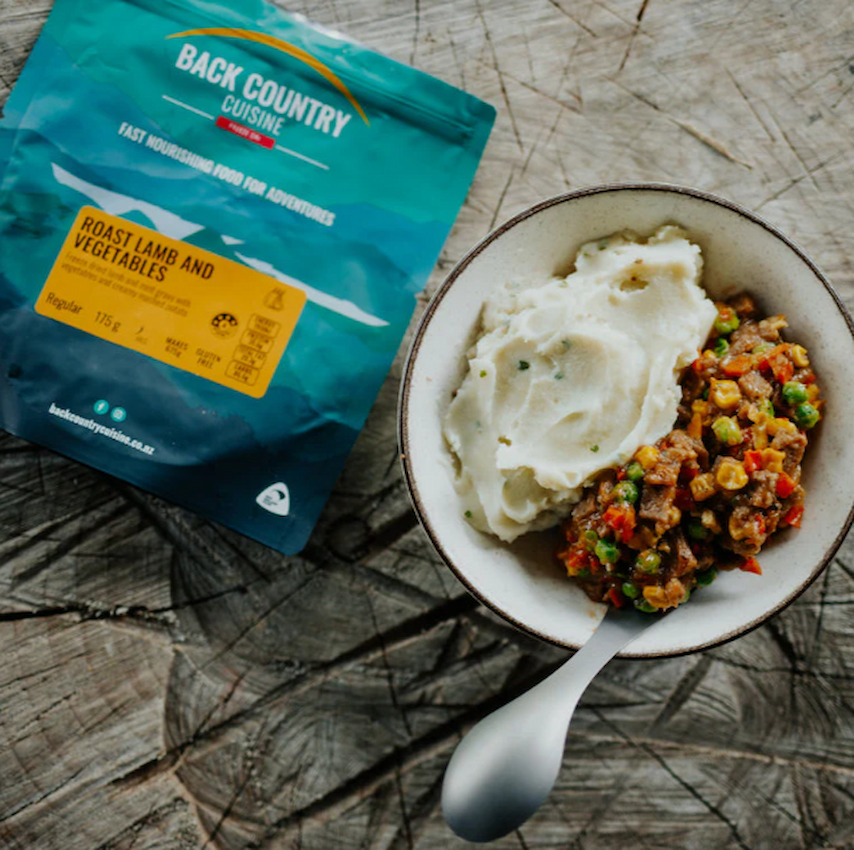Hiking is one of the most beneficial physical activities that can improve our life and well-being. More than 5 million Australians hike either regularly regularly or occasionally which is a pretty good number, especially in today’s world when technology has consumed our lives. Naturally, those who want to take baby steps towards improving their lifestyle should go on shorter hikes to achieve those small victories that can easily turn into bigger ones down the road.
Going hiking for the first time won’t be that difficult when staying prepared. Aside from stocking yourself with essentials like apparel, shoes and lighting devices, it would help if you didn’t forget about stocking yourself with food. Whether you’re going on a daily hike or taking the longer route somewhere, you really shouldn’t forget about this essential nutritional component.
What to Eat Before the Hike?

Proper eating and drinking during your hikes won’t only provide you with the needed energy but will also make your hikes more pleasant. Instead of stocking up on food that you won’t need, you should do your research and take advantage of nutritious hiking food packs. They are an easy and light meal solution perfect for your hikes.
It’s a common misconception that eating before hiking can be bad for your tummy. Consuming carbs in particular is key to having all the needed energy to get you through every twist and turn. If you’re going in the morning, you should eat a light breakfast like oatmeal, eggs or whole-grain cereal. If this doesn’t tickle your fancy, you can always eat whole-wheat toast, whole-grain pasta, low-fat yogurt and of course fruit and vegetables.
What to Eat During the Hike?
These ready-made packs usually contain everything to help you feel full and energised even when eating during your hikes. Quite often, eating during hiking usually contains snacking nuts, seeds, all kinds of crackers, cheese, beef jerky, whole-grain tortillas, granola bars, fresh/dried fruit, tuna wraps and sandwiches.
According to experienced hikers and professionals, you should snack at least once an hour. In case of longer and more intense hikes, you should think about eating full meals and double your normal intake of salty foods and carbohydrates. This is paramount so you can have all the energy and strength to get through everything.
Those who love eating fruit and veggies on their hikes should consider choosing sturdier and longer-lasting options like apples and oranges or citrus fruits. Avoid carrying bananas with you as they can get easily smushed.
Another option is to choose a hiking food pack that contains dried fruit instead of fresh. An important thing to know about consuming dried fruit is that you’ll need to take a lot of fluids. Otherwise, this fruit can dehydrate you and make you feel light-headed and with a lack of energy which you’ll need to proceed with your hike.
What to Eat After a Hike?

Eating after a hike should be done within one hour of your hike, and the best food you can eat is protein. Ideally, you should eat a protein-full meal from the ready-made hiking food packs. Adding sugars after the hike is also acceptable because eating sugars during it can only reduce your energy levels and leave you feeling drained. When you need something quick and easy, you can eat an energy bar snack, a ready-to-eat dry meal, any kind of chocolate bar and even popcorn.
Staying hydrated during and after hikes is essential, so for this purpose, you’ll need to drink at least one glass of water, tea or juice after your hike. Drinking alcohol or high-caffeine drinks after your hike isn’t okay because they won’t help you stay hydrated and may even have the opposite effect. Their diuretic properties can lead to dehydration or make you feel more tired than you should be, so it’s best to keep them at bay.
What Food to Take on a 3-Day Camping Trip?
Whether going on a daily hike or for several days, you should stock on the same food. The only difference is the number of packs you’ll buy. Of course, you can’t carry the same amount of food on a 3-day camping trip as you would for a one-day hike. Think about the weight and space in your backpack and how often you plan on taking a break.
Stocking on nutritious food is easy nowadays thanks to the huge choice, and even if you are a vegetarian you can still find the right pack for your needs. Most ready-made packs contain full meals, desserts and other useful components that are easy to prepare. You just need to add water and you’ll have your meal within minutes. The best thing about these food packs for camping is their ability to keep you hydrated and fill up your energy levels.
You can read up on the nutritional value and ingredients of each pack to make sure it fits your dietary needs. Some may have a greater concentration of proteins and others might be higher in carbohydrates. It’s important to find a balance and choose packs that provide an adequate amount of both.
They’re also convenient because they come in lightweight packaging, so you can easily pack them in your backpack without adding too much extra weight. This can be especially helpful for long hikes or multi-day camping trips where every gram counts.
